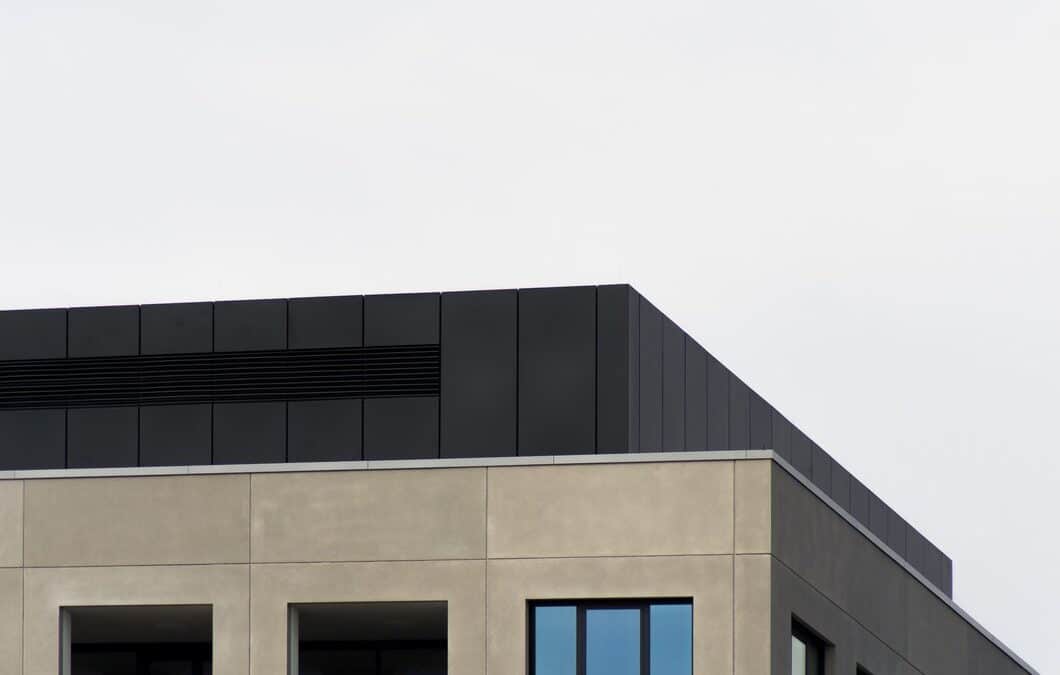Preparing your commercial flat roof for winter is crucial to prevent damage from snow, ice, and freezing temperatures. The colder months can bring harsh weather conditions that may put your roof at risk. Proper winterizing ensures that your roof remains strong and resilient through the season, protecting your property and everyone inside.
Inspecting and Repairing Your Flat Roof
One of the first steps in winterizing your commercial flat roof is performing a thorough inspection. Start by checking for any visible damage. Look for cracks, tears, or punctures in the roofing material. Even small issues can become significant problems when exposed to harsh winter conditions.
Next, examine all seams and joints. These areas are particularly vulnerable to leaks. Ensure they are properly sealed and show no signs of wear. Take a close look at roof penetrations like vents and skylights. Make sure the flashing around these areas is secure and intact.
Repair any damage you find immediately. Small repairs, such as patching a crack or reinforcing a seam, can prevent costly issues later. Use high-quality roofing materials and follow manufacturer guidelines to ensure durable fixes. Regular inspections and timely repairs keep your roof in top shape and ready to face winter.
Ensuring Proper Drainage and Gutter Maintenance
Proper drainage is crucial for a flat roof, especially during winter when snow and ice can accumulate. Start by ensuring that your roof’s drainage system is free of debris. Leaves, dirt, and other blockages can clog drains and gutters, leading to water buildup that can freeze and cause damage.
Regularly clean your gutters and downspouts. Remove any debris that could prevent water from flowing freely off your roof. Consider installing gutter guards to reduce the frequency of cleaning and help maintain clear drainage paths.
Check that all roof drains are functioning correctly. Test the flow of water through your drains to ensure there are no blockages or slowdowns. Proper drainage prevents standing water, which can freeze and lead to costly repairs.
In addition, inspect the slopes of your flat roof. Though flat roofs have minimal slopes, make sure these are sufficient to direct water toward the drains. Adjust the slope if water collects in pools, as standing water can freeze and cause damage to the roofing material.
By maintaining clean and functional gutters and ensuring adequate drainage, you protect your commercial flat roof from the hazards of winter weather.
Insulating and Sealing Vulnerable Areas
Proper insulation is essential for protecting your commercial flat roof during winter. Insulation helps regulate the internal temperature of your building, reducing heating costs and preventing ice dam formations. Start by examining the existing insulation in your roof and walls. Ensure it is adequately installed and covers all necessary areas without gaps.
Consider adding an extra layer of insulation if your building is in a particularly cold region. This provides an additional barrier against the cold, helping to keep your roof structure stable and prevent thermal shock.
Sealing vulnerable areas is another crucial step. Pay special attention to places where different materials meet, such as around skylights, vents, and HVAC units. Use weatherproof sealants and caulking to close any gaps or cracks. Properly sealed joints and penetrations prevent water infiltration, which can freeze and cause damage.
Additionally, inspect doors and windows for drafts and seal any leaks. A well-insulated and sealed building not only protects the roof but also enhances the overall energy efficiency and comfort of your commercial property.
Scheduling Professional Roof Maintenance and Inspections
While regular maintenance and inspections can prevent many issues, there are benefits to hiring professionals for thorough assessments. Roofing experts possess the skills and knowledge to identify potential problems you might miss.
Schedule a professional inspection before winter sets in. A certified roofer will check your roof for any signs of wear and tear, structural damage, or vulnerabilities that could lead to bigger issues during the cold months. They will also assess the drainage system and the condition of your insulation and seals.
Professionals use specialized tools and techniques to perform repairs that last. They can also provide recommendations for materials and methods that are best suited for your specific roofing system. This expert guidance ensures that your roof remains in peak condition, capable of withstanding winter’s harsh conditions.
Regular professional maintenance includes cleaning gutters, checking for leaks, and ensuring the overall health of your roof. These preventive measures, coupled with the expertise of roofing professionals, help extend the lifespan of your flat roof and protect your investment.
Conclusion
Winterizing your commercial flat roof is essential for its longevity and reliability. By performing regular inspections, ensuring proper drainage, insulating and sealing vulnerable areas, and scheduling professional maintenance, you can protect your roof from the harsh winter weather. Taking these steps not only prevents costly repairs but also ensures the safety and comfort of your building’s occupants.
Regular care and attention to your flat roof prepare it to face winter challenges effectively. A well-maintained roof contributes to the overall energy efficiency and structural integrity of your commercial building, providing peace of mind throughout the cold months.
For expert assistance with winterizing your commercial flat roof, contact Mike Huddleston Roofing Systems. Our team is ready to provide professional service and installation tailored to your needs. Schedule your flat roofing repairs and maintenance today and ensure your roof is ready for the season ahead.

